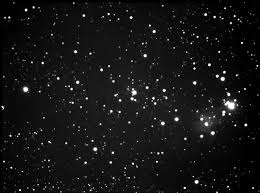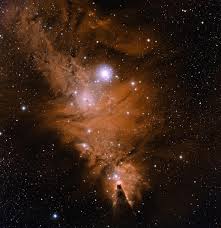For nearly the entire length of time that humanity has had civilizations, we’ve been studying the stars. We’ve formed them into constellations, discovered what they’re made up, even travelled among them. But in all that time, we haven’t been able to determine how old, precisely, a star actually is.
Apparently, we weren’t listening hard enough. According to research conducted by Belgium’s Katholieke Univesiteit Leuven—or KU Leuven—the key to figuring out the age of the star is listening skills. Stars, according to KU Leuven, younger stars give off different sound vibrations than older stars.

This theory has been suggested before by theoretical physicists, but there’s never been concrete evidence to actually prove it could be correct, until now. At KU Leuven’s Institute for Astronomy, postdoctoral researcher Konstanze Zwintz studied the vibrations produced by 34 different stars, each of which was part of the Christmas Tree Cluster. The stars were also all between one and four times larger than Earth’s sun, and all of them were less than 10 million years old—which means, compared to our 4.5 billion year old sun, they’re all infants.
“Our data shows that the youngest stars vibrate slower while the stars nearer to adulthood vibrate faster. A star's mass has a major impact on its development: stars with a smaller mass evolve slower. Heavy stars grow faster and age more quickly,” said Zwintz regarding her research.

According to Jaymie Matthews, a co-author of the study (which can be found in the journal Science) and professor at the University of British Colombia, stars vibrate due to “sound waves bouncing inside.” It makes sense that theorists would postulate that younger stars would produce different frequencies of vibration, as the creation of a star is quite a turbulent process.
“Think of it as an ultrasound of stellar embryos,” said Matthews on CNET. “We detect the sound vibrations across the vacuum of space by the subtle changes in stellar brightness. Then we translate the frequencies of those vibrations into models of the structures of those stars' hidden interiors.”
Which is really cool, to be perfectly honest, as well as process that could help us discover all types of things about our galaxy.

Source CNET

Advertisement





